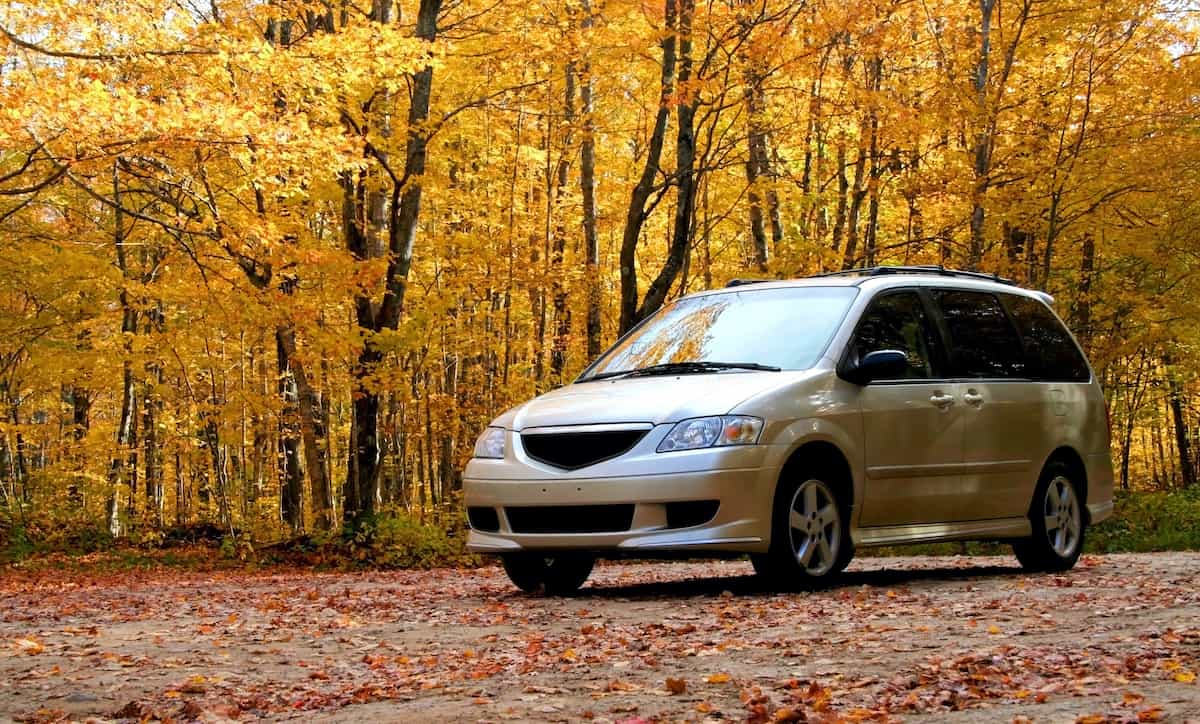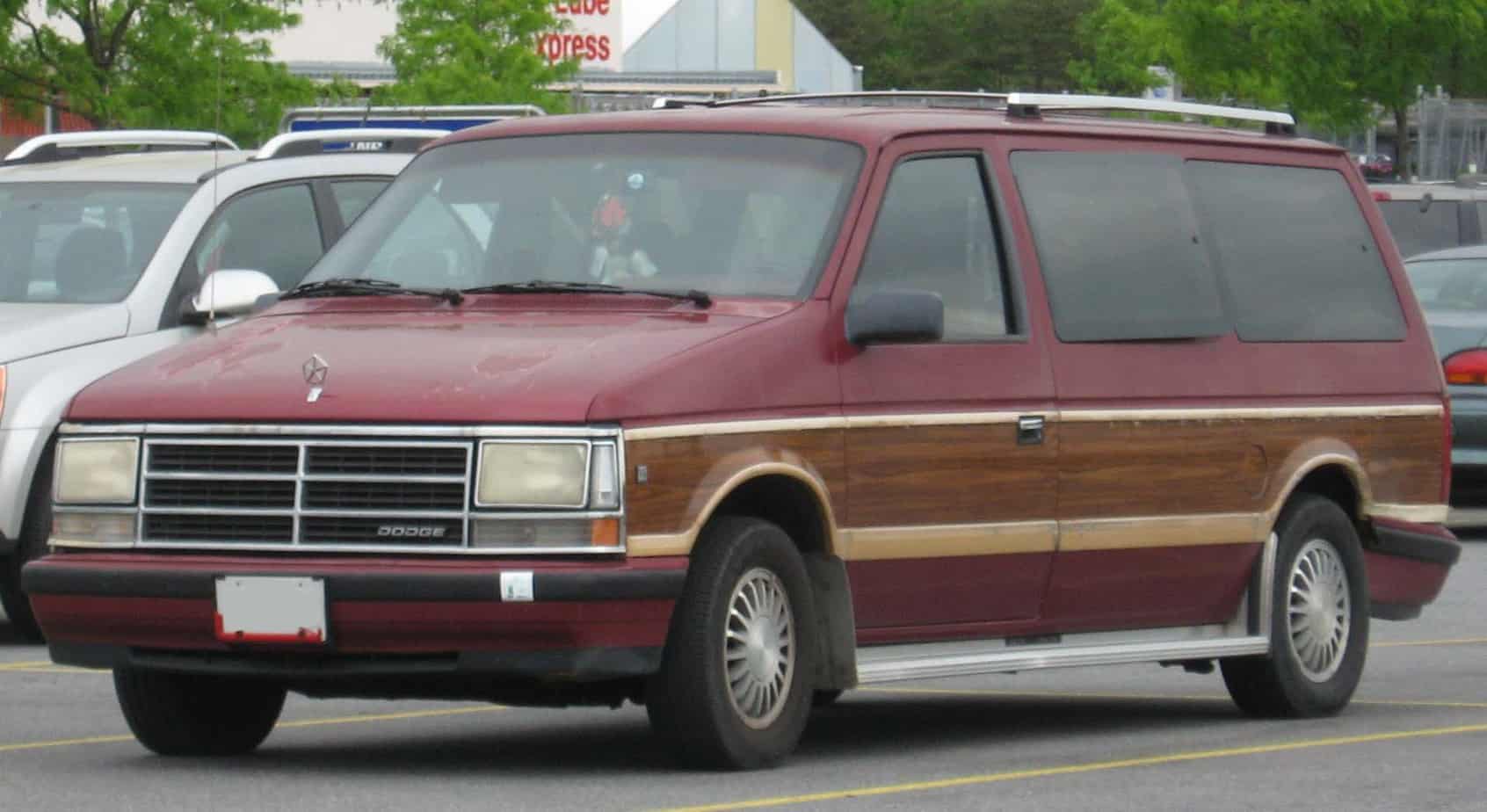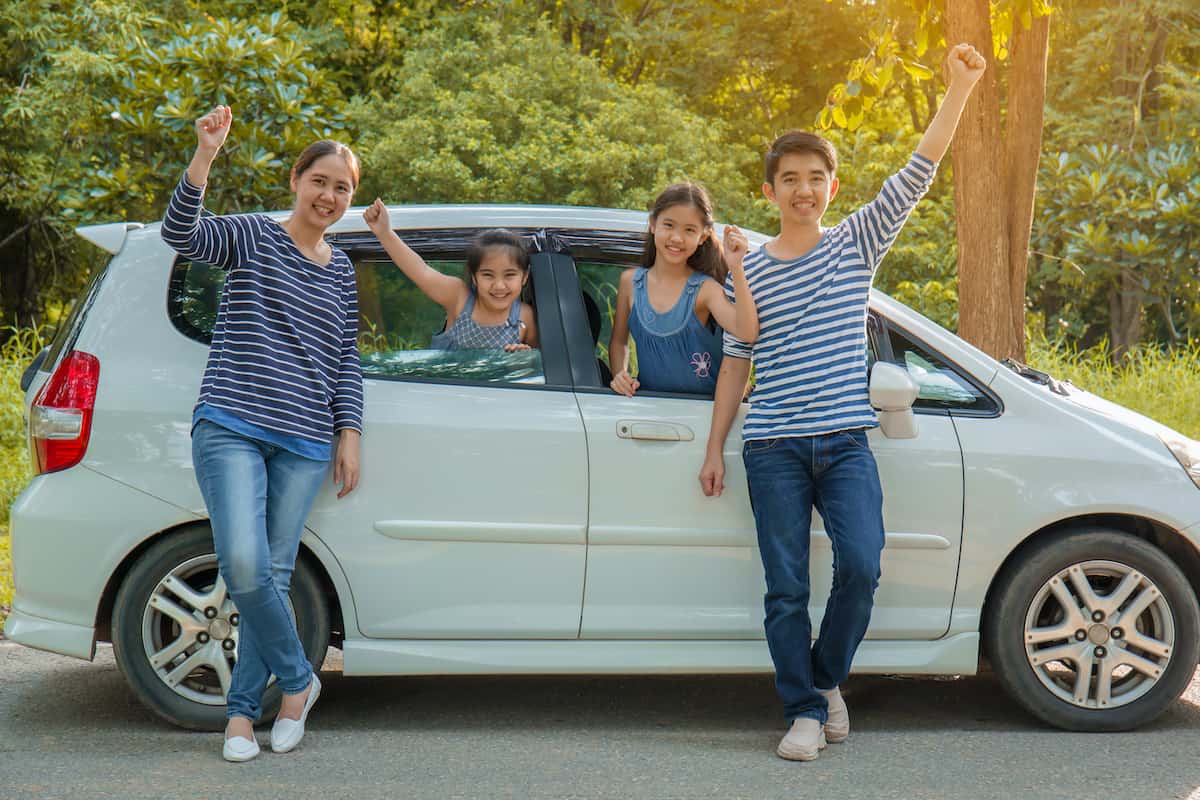Minivans: Love ’em or Hate ’em

Purchasing a minivan has become a rite of passage, a sign that one is accepting their place in the family lane. Yet, some hold off forever, resisting both the feel and look of this now-cliche suburban vehicle. Read on for highs and lows of minivans and make peace with your amount of passenger space today.
Minivans: Love ’em or Hate ’em
In the mid-’90s, when my parents were at the height of the family years, they drove two minivans. My mom drove a Ford Aerostar, filled with bench seats, and my dad drove a Chevrolet Safari in which he removed the bench seats and often transported fishing gear and building supplies.
They were always hauling people or stuff or stuff with the people, rendering both the pickup truck, traditional station wagon, or sedan, not flexible enough. Minivans worked for transporting kids and their friends and the dog and the bikes pretty much anywhere, while still in seatbelts, with room for groceries.

Minivans: A Brief History
The first minivan can be attributed to Chrysler, as far back as 1935, when William Stout invented the “Scarab,” with the intent to create a mobile office. The Scarab model did not catch on (was it the name?) but in 1950 the Volkswagon Type 2 “microbus” entered the scene capturing the auto industry’s imagination with just what this new market could be.
Several models were created after 1950, but it wasn’t until 1984 when Chrysler got back in the game and introduced its Dodge Caravan and Plymouth Voyager, that this car became an appealing and affordable option for the American family.
Not to mention, FANCY (Remember this wooden side paneling, yes you do). Since then, Ford, Toyota, Nissan, Honda, Kia, and even Mercedes-Benz have joined Chrysler in the movement.

Minivans: Why We Love ’em
According to Consumer Reports, we love minivans for the same reason my parents did…the ability to carry ever-changing combinations of people and cargo. Combined with fuel-efficiency and affordability, the minivan is often the first choice for families. Now available with a full range of entertainment options and luxury amenities, such as heated seats, built-in vacuum cleaners, FANCY has gone beyond the trim.
But even a basic model without any add-ons provides easy entry for groups of people moving in and out of the car all day long. Different from a full-size van, sliding doors on both sides of the car, that can often be triggered by an interior button or key fob, make carpool line almost effortless.
Front Wheel Drive, common in these cars, is more space-efficient and provides more traction in slippery conditions. Some models, such as the Toyota Sienna, offer all-wheel drive, allowing drivers the off-roading possibilities often reserved for trucks and SUVs. Similarly, these cars can tow as much as a mid-sized and large SUV, over 3000 lbs.
Additionally, each of the major car makers has a minivan line. The Honda Odyssey has been leading the market for years, followed closely by the Kia Sedona and Toyota Sienna. Chrysler is still a major player in the market with the Dodge Grand Caravan, the Chrysler Pacifica, and the Chrysler Voyager.
The Ford Transit and Mercedes-Benz Metris offer a hybrid between a minivan and a more commercial vehicle. While both can be used for deliveries and transport, they offer plenty of seating options for up to 12- passengers.
Minivans: Why We Hate ‘em
Kristen Howerton’s blog title “Rage against the Minivan” articulates the angst this car triggers for so many parents. In her bio, Howerton quips, “In the spring of 2010, Kristen lost her long and passionate battle against the minivan. It now sits in her driveway covered in crushed cheerios and remnants of her self-esteem.”
But wait! We’ve just listed all the reasons to LOVE this passenger-party vehicle. Why the angst?
Much of the reaction against minivans is based on its success as a symbol. Driving a car that can seat half a dozen people or more, says something about one’s living space, and level of responsibility.
Adults struggle with the car as an identity marker – I am being absorbed by my children, their schedules, and their stuff. Some, while using cruise control in their Chrysler Town and Country, might quietly be longing, not for a coupe, but just for a life that requires only a second-row?
In recent years, auto executives have stepped into this conflict with the ever-advancing Cross-Over SUV. Honda, Ford, Toyota, and Nissan along with each of the luxury lines, offer SUVs that provide the same amount of passenger seats as a van, with a stronger sense of cool.

Surrender in Style
While the four-wheel-drive crossovers have disrupted the market a bit, it is still argued that they can’t beat their opponent in terms of fuel efficiency, cargo plus passenger space, and access. My mom, champion of the minivan throughout the ’90s, now drives a Honda Pilot. She got it to seat all of her grandchildren, which it does…they just have to climb in through the back.
Minivans, yes, are for those who have surrendered. But recent years have brought many upgrades and even creative marketing campaigns to reclaim the coolness. (Remember the Toyota Swagger Wagons ads of 2012?). So if this is where you are, and who you are hauling, now there are endless amenities to make driving through your life season, so much more comfortable.
Minivans: Still the One (for 7-8 passengers) (Unless They’re Not for You)
Against the minivan? Rage on. Surrendered? At least you can do it in style. Also, we can only dream of what advancements are on the horizon for this culture machine. Forget self-driving! If we stay committed, self-cleaning has to be around the corner, right?





